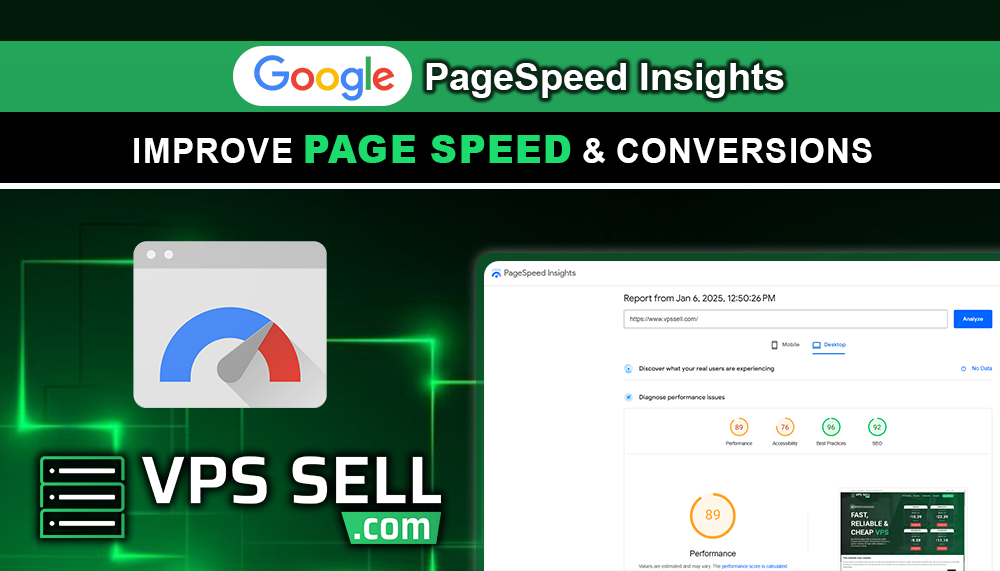
Google PageSpeed Insights: Improve Page Speed & Conversions
Google PageSpeed is a great tool that allows owners to analyze and thereby improve their website performance. In improving page speed, you are going to improve user experience, improve the search engine rankings, and raise conversions. In this article, we will be talking about what Pagespeed Insights is, why it is important, and just how you can apply it in order to improve your website.
What is Google PageSpeed Insights?
Google PageSpeed Insight is a free online tool provided by Google to test the performance of a website. It checks the speed with which your web pages load and provides actionable suggestions on how to make them faster. PSI gives a score to your website from 0 to 100. A higher score ensures better performance.
PSI analyzes both the mobile and desktop versions of your site to ensure that your visitors have a great experience on any device.
Why Page Speed Matters?
.jpg)
Page speed is important for a number of reasons:
- User Experience: Faster websites provide a better experience for users. If a page takes too long to load, visitors may leave before it finishes, increasing your bounce rate.
- Search Engine Rankings: Google factors in page speed while ranking. The faster your website, the higher it would rank in search results and the more traffic you will drive to your site.
- Higher Conversions: Research has shown that with slow-loading pages comes a loss in sales and disgruntled customers. Boost conversions and increase your revenue with an improved page speed.
- Mobile Optimization: With more users now using websites on mobile, it is important that your site loads fast on smaller screens.
How to Use Google PageSpeed Insights
Using PageSpeed Insights is relatively easy:
-
Go to the PageSpeed Insights website.
-
Enter the URL of the webpage you want to analyze.
-
Click the "Analyze" button.
-
Review the performance score and the detailed suggestions provided by the tool.
Key Metrics to Understand
PSI gives a set of metrics to understand the performance of that particular webpage while running any webpage.
- First Contentful Paint: This is the time taken to paint the first visible element on screen.
- Largest Contentful Paint: The time taken to load the largest visible content.
- Cumulative Layout Shift: This essentially measures layout shift occurring during a load that affects user experience.
- Time to Interactive (TTI): The time it takes for the page to become fully interactive.
Tips for Improving Page Speed
Following are a few tips that will help in optimizing your website based on recommendations from PSI:
- Optimize Images: Compressing images reduces file sizes, with no noticeable reduction in quality.
- Enable Browser Caching: Store static resources - like images and scripts - locally, so that page loading for returning visitors is faster.
- Minify CSS, JavaScript, and HTML: Writing less code will help with file size reduction and load times as a result.
- Utilize a Content Delivery Network: Spread your content over multiple servers worldwide for better content delivery.
- Reduce Server Response Time: Improve the hosting package level or optimize your server for faster request handling.
- Lazy Loading of Content: This bandwidth-saving technique helps in downloading images and videos only when required, to improve initial load times.
Conclusion
Google PageSpeed Insights is important to any webmaster, and every recommendation it makes can make a fast, user-friendly site that could boost your position in search engines and even bring in more conversions. Get an analysis of your site now and be astounded with what a few optimizations can make!